As a Berliner, you know the Spree – or so you think… A walk along the Spree is pure relaxation.
I did a little research and the facts were a bit overwhelming:
- about 400 kilometres long
- 182 kilometres navigable
- catchment area of the river 10,000 quadart kilometres
- tributary of the Havel
- flows through Saxony, Brandenburg and Berlin
- Source in the Lusatian Mountains near the Czech Republic
- flows through the Spreewald
- flows 44 kilometres through Berlin
- flows into the Havel in Spandau
And I thought I would write something about such a small river. As a Berliner, I should have known that from my school days…
Berliners and their Spree
Marlene Dietrich and later Brigitte Mira sang “Durch Berlin fliesst immer noch die Spree”.
A song that I took as an opportunity to take a closer look at my Berlin Spree.
My view of the Spree
I started at the end of the Spree just around the corner from me in Spandau. Here, after almost 400 kilometres, the Spree flows into the Havel. A rather unspectacular place. But often quite difficult for the ships. A small isthmus juts out into the estuary here and ships going to the Spandau lock have to go around it. It is planned to remove the Spandauer Horn. A planning approval procedure has been underway since April 2016, and the plan is to significantly change the course of the Spree. Between the Rohrdammbrücke and Pichelsdorfer Gmünd, a 9.5-kilometre stretch of the Spree is to be altered by deepening and widening the river and the associated tree felling so that ships of up to 185 metres can pass. For me, this raises the question of whether people have still not learned anything from previous river changes.

Let’s follow the Spree from Spandau through Berlin. At first, the Spree runs through an industrial area. Here you hardly have a chance to walk directly along the water. But from the Rohrdammbrücke bridge in Siemensstadt you have a good view over the Spree.

Shortly afterwards is the Charlottenburg lock. It was built to compensate for the difference in water level. The lock passage takes about 15 minutes. After that, you pass Charlottenburg Palace. Here you can take a walk along the banks of the Spree, go cycling or board one of the steamships that start their Spree cruises from here.

We cycled a little way along the Spree. From Tegler Weg you can have a little look at Charlottenburg Palace.
In addition to the beautiful palace park, the palace’s Belvedere also shimmers through the trees. This building, originally designed as a tea house and observation tower, was built by Carl Gotthard Langhans in 1788/89. Today, the three halls, one above the other, house an extensive porcelain collection.

After a view from the Schlossbrücke in the direction of Charlottenburg/ City centre, we turned around and cycled back home.

But the Spree’s journey through Berlin does not end there.
Shortly after the fork at the Landwehrkanal, the Spree meanders through the Tiergarten district. Through Tiergarten, past Bellvue Palace (seat of the Federal President) and the House of World Cultures to the Federal Chancellery.

Then, after another bend in the Spree, the Spree flows past Berlin’s main railway station.
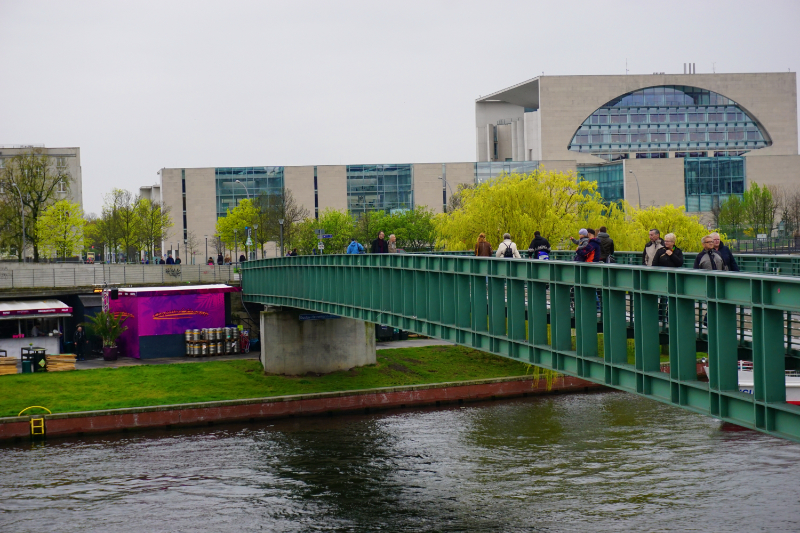
Here, a footbridge leads over the Spree, from which you have a beautiful view. In summer, there are a few beach bars here with cosy deckchairs where you can drink your Berliner Weisse.

If you follow the course of the river, you pass Friedrichstraße station, one of the former GDR border crossings. You pass the Museum Island with the Pergamon Museum and the Berlin Cathedral.

Afterwards, the Spree flows under the Jannowitzbrücke. The underground station Jannowitzbrücke is located directly on the banks of the Spree, so it was a good idea to get out and take a “Spree photo” for this report.
Now the river flows past the Eastside Gallerie and the large event hall (currently Mercedes Benz Halle, previously O2 Arena), where not only the Alba Berlin basketball team and the Eisbären Berlin ice hockey team play their home games. Major concert events and film premieres also take place here.
The river finally flows under the Oberbaum Bridge. It is the landmark of Kreuzberg-Friedrichshain and for me one of the most beautiful bridges in Berlin. It was badly damaged in the Second World War and was closed for many years because it separated East and West Berlin. Prisoners were only exchanged here in isolated cases. After reunification, the Oberbaumbrücke was extensively renovated and can now be used by everyone again.

The Spree continues towards Treptow. Here the bathing ship lies in front of the Arena Treptow (also an event hall) and the famous sculpture Molecule Man stands directly in the water.
Shortly before Köpenick Palace, the Spree and Dahme separate. The Spree flows through Müggelsee and then leaves Berlin as Müggelspree when it flows through Dämeritzsee.
I realised while researching and writing the article that I didn’t know many sections of the Spree and resolved to expand my radius in any case.




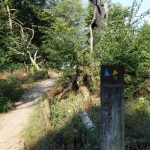






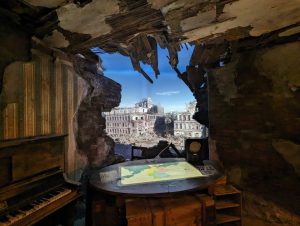






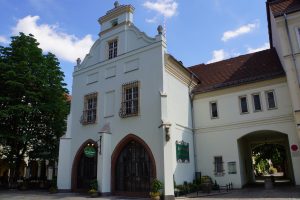

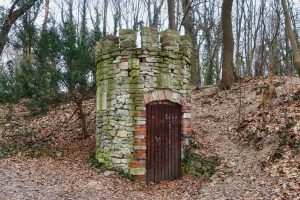
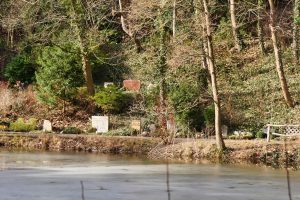
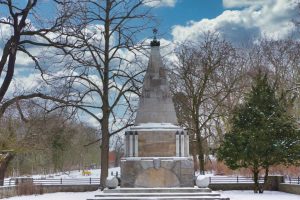





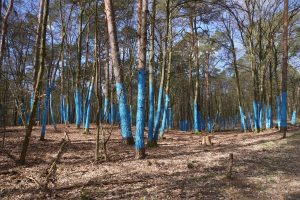




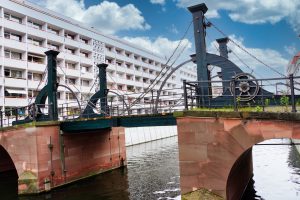
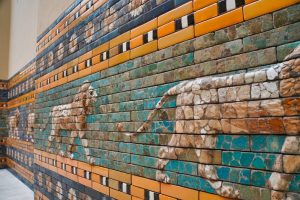



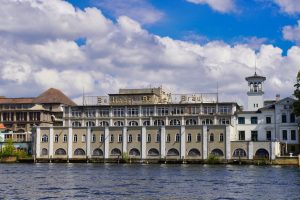









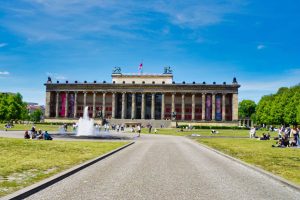





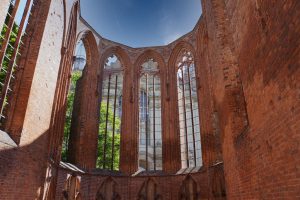

























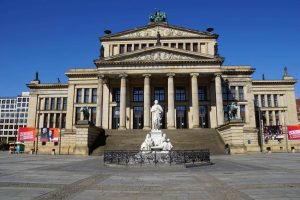







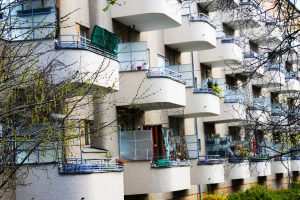










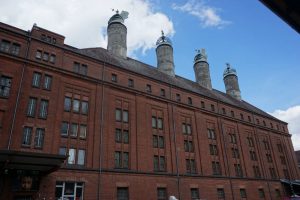





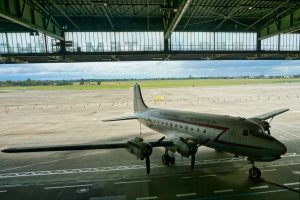








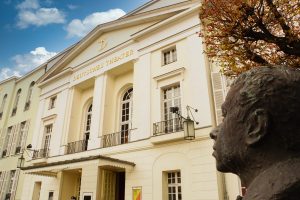


















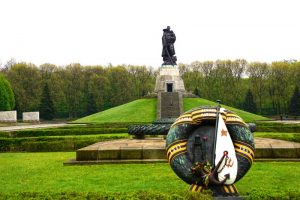














Leave a Reply